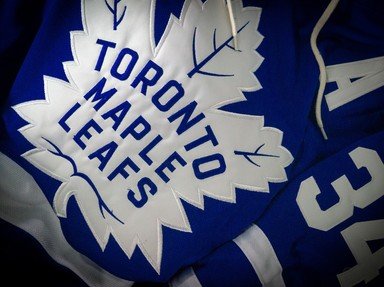Quiz Answer Key and Fun Facts
1. No one is more closely associated with Leafs failure than Harold Ballard, the team's majority owner from 1972 until his death in 1990. Which of the following describes Ballard?
2. In 1973, the Leafs acquired goalie Doug Favell and a first round draft pick in a trade with the Philadelphia Flyers. Who did Leafs give up for these assets?
3. In the middle of the 1979-80 season, dynamic forward Lanny MacDonald was traded from the Leafs to the Colorado Rockies. What was the fallout from the trade?
4. Which of the following accurately describes the Toronto Maple Leafs of the 1980s?
5. After the 1987-88 season, the Leafs hired Gord Stellick as general manager. What distinguished Stellick?
6. On February 13, 1999, the Leafs played their last game at Maple Leaf Gardens, their home arena for 68 seasons and 11 Stanley Cup championships. Which Leafs alumnus was conspicuously absent from the commemorative ceremony?
7. In the 2005 off-season, the Leafs sought to bolster the lineup by signing a high-profile free agent to a one year contract. Who was it?
8. After a seven year absence, the Leafs qualified for the playoffs in 2013 and were eliminated in the 1st round in seven games by the Boston Bruins. What happened in game seven?
9. Although the Leafs have not excelled at the draft, over the years they have selected a handful of players who would go on to win the championship with other teams. Which of the following Stanley Cup champions was *not* drafted by the Leafs?
10. Which of these coaches holds the distinction of coaching the Leafs for over 300 regular season games without once leading them to the playoffs?
Source: Author
willyupshaw
This quiz was reviewed by FunTrivia editor
gtho4 before going online.
Any errors found in FunTrivia content are routinely corrected through our feedback system.
